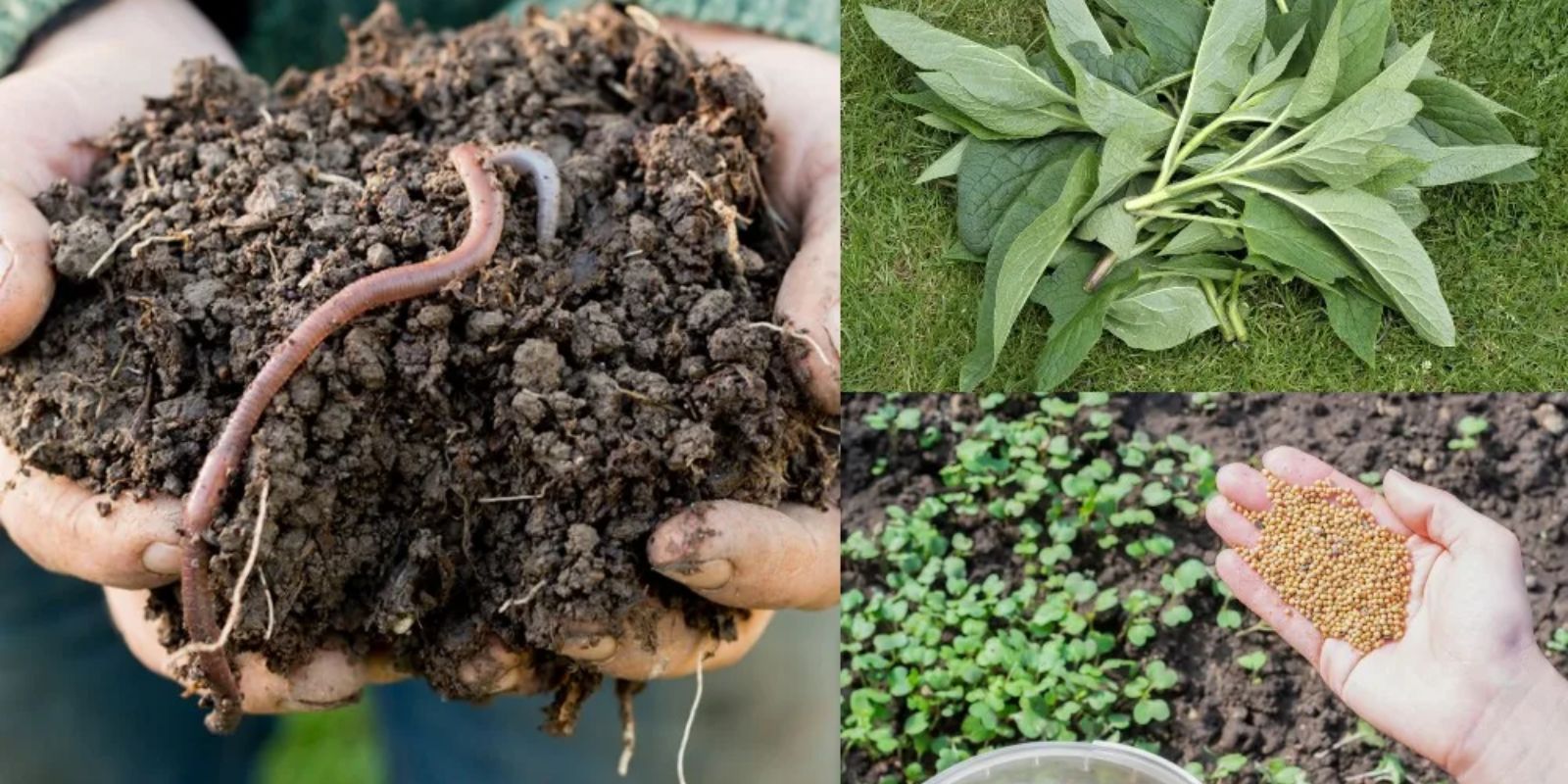Soil health is the foundation of a thriving vegetable garden. While dramatic changes might grab attention, subtle, strategic improvements can significantly boost soil quality and plant productivity. This article delves into understated yet effective methods to enhance your garden soil discreetly, ensuring a lush and bountiful harvest.
Introduction
A vibrant vegetable garden starts with healthy soil. However, improving soil quality doesn’t always require visible, large-scale efforts. Simple, covert techniques can make a substantial impact on soil health without drawing attention. By focusing on subtle adjustments and enhancements, you can create an optimal growing environment for your vegetables. In this guide, we’ll explore how you can improve your garden soil with minimal fuss and maximum results.
1. Incorporate Organic Matter
Why It Matters:
Organic matter is essential for enriching soil, improving its structure, and boosting nutrient levels. Adding organic material enhances the soil’s ability to retain moisture and supports beneficial microorganisms.
How to Implement:
- Compost: Regularly add compost to your garden beds. Compost can be made from kitchen scraps, yard waste, or purchased from garden centers. Spread a layer of compost over the soil and gently work it in with a garden fork or tiller.
- Aged Manure: Use well-rotted manure to add nutrients to the soil. Avoid fresh manure, as it can burn plants. Incorporate aged manure into the soil before planting.
- Leaf Litter: Collect fallen leaves and spread them over garden beds. As they decompose, they improve soil texture and fertility.
Tips for Success:
- Apply organic matter in the fall or early spring to give it time to break down before planting.
- Mix the organic matter into the top 6-8 inches of soil to ensure even distribution.
2. Use Mulch Wisely
Why It Matters:
Mulch helps maintain soil moisture, suppress weeds, and improve soil quality over time. It acts as a protective layer that gradually decomposes, adding nutrients to the soil.
How to Implement:
- Types of Mulch: Use organic mulches like straw, wood chips, or shredded leaves. Avoid using plastic mulch, which can impede soil aeration.
- Application: Spread a 2-3 inch layer of mulch around your vegetable plants, keeping it a few inches away from the stems to prevent rot.
Tips for Success:
- Replenish mulch as it breaks down to maintain its benefits.
- Use mulch in combination with other soil improvement techniques for best results.
3. Practice Crop Rotation
Why It Matters:
Crop rotation prevents nutrient depletion and reduces the risk of soil-borne diseases and pests. Rotating crops ensures that different types of plants are used in each area of the garden each season.
How to Implement:
- Plan Rotation: Divide your garden into sections and rotate crops based on plant families. For example, follow leafy greens with root vegetables.
- Track Progress: Keep a simple garden journal to track where you plant different vegetables each year.
Tips for Success:
- Rotate crops every 2-3 years to maintain soil health and fertility.
- Combine rotation with cover cropping for added benefits.
4. Employ Cover Crops
Why It Matters:
Cover crops, such as legumes and grasses, are planted during the off-season to improve soil health. They can fix nitrogen, prevent erosion, and add organic matter to the soil.
How to Implement:
- Choose Cover Crops: Select cover crops suited to your climate and soil needs. Clover and vetch are excellent for nitrogen fixation, while rye and oats are great for soil structure.
- Planting: Sow cover crop seeds in late summer or early fall. Allow them to grow until just before the next planting season.
Tips for Success:
- Mow or till cover crops into the soil before they go to seed to maximize their benefits.
- Use cover crops as part of a larger soil improvement strategy.
5. Apply Natural Soil Amendments
Why It Matters:
Natural soil amendments provide targeted nutrients and improve soil fertility. They can address specific deficiencies and enhance overall soil health.
How to Implement:
- Bone Meal: Add bone meal to provide phosphorus, which supports root development and flowering.
- Blood Meal: Use blood meal as a high-nitrogen fertilizer to promote leafy growth.
- Seaweed Extract: Apply seaweed extract to supply a range of micronutrients and improve soil structure.
Tips for Success:
- Follow application rates on product labels to avoid over-fertilizing.
- Apply natural amendments in conjunction with organic matter and compost for balanced soil enrichment.
Conclusion
Improving your vegetable garden soil doesn’t have to involve dramatic changes. By incorporating organic matter, using mulch, practicing crop rotation, employing cover crops, and applying natural soil amendments, you can subtly enhance soil quality and create a thriving garden environment. These secret strategies can make a significant impact on soil health and vegetable productivity, allowing you to enjoy a bountiful harvest from your garden’s hidden corners.
Engagement Prompt:
Have you tried any discreet methods to improve your garden soil? Share your experiences and tips with us, and let’s discover more ways to cultivate a flourishing garden together! 🌱💪

